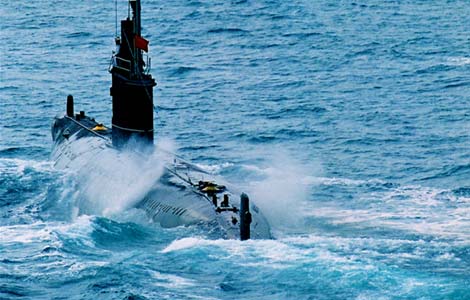Interview Partner:Dr. Andreas Gruchow,member of the Managing Board Deutsche Messe AG
Updated: 2013-10-29 14:42
(China Daily)
|
|||||||||||
1. Compared to previous expos, what is the biggest change of PTC Asia and CeMAT Asia in 2013?
We have seen good growth at both events in terms of exhibitors and display area. Over the past three years the compressed air sector at PTC ASIA had tripled in size, so we decided to take it out of PTC ASIA and establish it as a stand-alone event, ComVac ASIA.
We have a new service that matches exhibitors with appropriate buyers as well as special activities for the user industries – group visits, technical forums, procurement sessions, etc. – that provide further value to attendees.
At CeMAT ASIA we will launch two innovation salons – one for forklifts and one for systems integration – that serve as free, neutral and open platforms where business, trade associations and the media can exchange information.
2. What’s your expectation for the upcoming expo?
The focus at PTC ASIA this year is on energy-efficient, cost-effective and environmentally sustainable production. Many exhibitors will demonstrate complete solutions that can handle all of these demands.
Although the construction machinery industry has seen a downturn, companies in the power transmission and control industry see PTC ASIA as a good chance to jumpstart that market. Lots of big players have signed up and we expect to see a number of product launches from them.
The intralogistics branch has undergone a shift from stand-alone products to integrated supply chain management applications, and automation continues to play an increasingly important role in such areas as systems integration, conveyor systems and storage. CeMAT ASIA will spotlight the interaction between various industries and the respective role that supply chain integration plays.
How many companies will participate in PTC Asia and CeMAT Asia this year? Which countries and regions do they come from? What is the growth rate?
PTC ASIA will feature more than 1,650 exhibitors from 28 countries and regions on 100,000 square meters of display area and CeMAT ASIA will host 480 exhibitors from 25 countries and regions on 37,000 square meters of display area. This amounts to exhibitor and space growth rates of 18% and 19% for PTC ASIA and 11% and 14% for CeMAT ASIA, respectively.
3. What benefits can the participants get from such an expo?
PTC ASIA and CeMAT ASIA are great places for companies to meet people who are interested in and qualified to buy their products – in this case, 70,000 visitors from 80 countries. They are also great places to meet industry peers and exchange information with them; to evaluate industry trends, innovations and competitors; to gather ideas and opinions from industry experts; and to hold talks with trade and business press. Trade fairs such as PTC ASIA and CeMAT ASIA are the only place where companies can accomplish all of these things in one place and at one time.
4. The exhibition industry is booming in China, how do you evaluate the performance of Chinese companies?
Most Chinese exhibitors have high-quality exhibits and their presentations are professional. At this point, there is no difference between the performance of Chinese companies and those that are not from China. This is a reflection of Chinese companies’ strong market position.
5. What do you think of Chinese exhibition companies’ development compared to DMAG? What’s their bottleneck? What’s your suggestion to help them become better?
It is difficult to make this comparison because Deutsche Messe is based in Germany, where there is a different form of government, different rules and regulations, and a very long history of and strong cultural connection to trade fairs. In general, in order to be competitive, event organizers have to offer modern exhibition facilities and services. More importantly, they need to provide neutral venues where companies can compete fairly, which means adopting international recommendations and standards from such organizations as UFI (The Global Association of the Exhibition Industry) and AUMA (Association of the German Trade Fair Industry)
6. Please briefly introduce your development in China and your expansion strategy in China in the next few years?
We have been active in China for more than 25 years. It is one of our most important markets. We are part owner of the Shanghai New International Exhibition Centre, where we organize most of our events in China. Our main strategy is to export topics from fairs that we organize in Hannover, Germany. However, if our research identifies a new topic or region where we can apply our experience, then we will do so. Most of our topics have to do with industry and manufacturing, but we also have events in China for automobiles, commercial vehicles, floor coverings, and woodworking. We have been quite successful with this strategy. For example, PTC ASIA is the second largest event of its type in the world, second only to the MDA show in Hannover.
Hot Topics
Chinese dream, Xi Jinping, Faye Wong, corruption, Rubber duck, iPhone, DPRK, Diaoyu Islands, Syria, Taiwan, HK, Beijing, Li Na, My China Story, Trending news across China, Bo Xilai
Editor's Picks
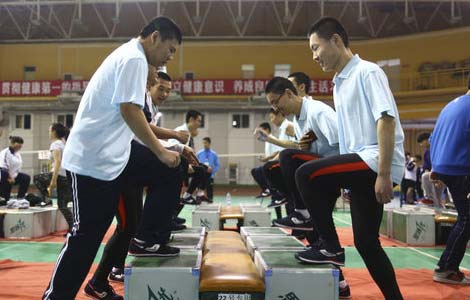
|
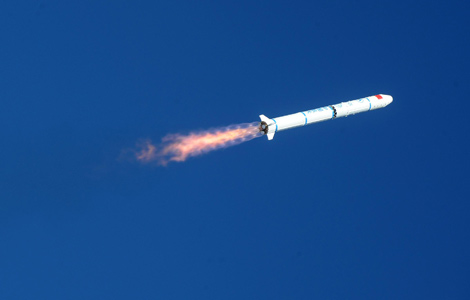
|

|
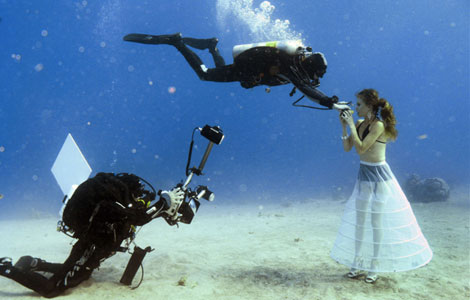
|
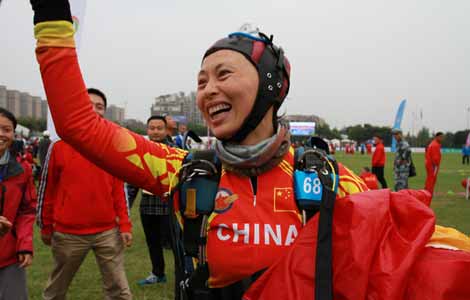
|

|



